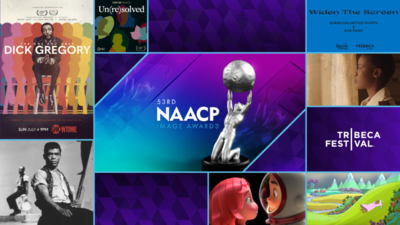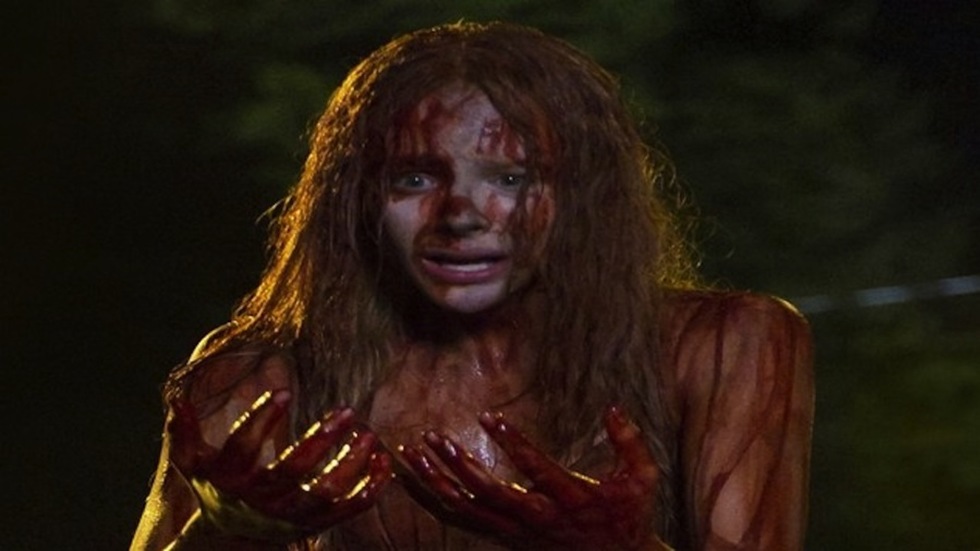
BY ZACHARY WIGON |
Racking Focus: How Far Are We From Second-Screening the Movies?
We all know that TV is often viewed with a second screen out at the same time. Are movies next?

I wrote an article for IndieWire a little while back about the fact that TV production companies are increasingly devoting time and effort to creating "second screen" user viewing experiences - apps for smartphones or websites that are meant to be experienced simultaneously with the viewing of the TV program itself.
This sprung from the fact that research showed that 81% of TV viewers have some kind of secondary device open in front of them while watching TV. If they're going to be darting back and forth from the TV and the secondary device, why not try to capture the secondary device? It especially makes sense when one considers that TV advertisers might become skeptical of their broadcast ad-buys if they're convinced that viewers are simply looking at their laptop during commercials; with the second-screen experience, advertisers can double-up their audience exposure by advertising on the second screen simultaneously, thus avoiding the problem of the audience averting its eyes from their products.
In a culture where constant stimulation is basically a given, one has to wonder if second-screen technology simply whittles our attention spans down even further.
Movies, of course, don't feature commercials, but as the second screen experience takes off in the realm of TV (it's becoming common enough - Breaking Bad highlighted and tried to own such an experience through its final stretch - though Nielsen-esque ratings figures are as yet unavailable), it's worth considering how such an experience might manifest itself in the realm of cinema.
Recently, Sony premiered a new app called Carrie: Buckets of Blood, which enables users to create a GIF that shows them getting doused in the famous prom scene from that picture. Naturally, this is related to the October 18th release of their remake of the film: Chloe Grace Moretz's face greets us on the app's logo.
As far as app/movie tie-ins are concerned, this app isn't exactly brilliant - there's nothing particularly interactive with regard to how this app might be used in conjunction with a viewing of the film, and it seems like these second-screen apps will be most successful when their user experience is seamlessly integrated into the viewing of the primary entertainment. Yet it certainly explores a passageway that other films may continue to travel down.
Obviously, there are various ways to interpret such a progression of storytelling modes. In a culture where constant stimulation is basically a given, one has to wonder whether second-screen technology simply whittles our attention spans down even further than they've already been reduced. Yet psychological implications aside, one has to consider whether or not an increasingly tech-obsessed, participatory demographic of young people - the folks who are used to being able to comment upon and interact with their online media, the folks who are driving video game sales through the roof - might strongly gravitate to such elements.
In a moment where film studios are terrified of losing the youth audience, second-screen technology seems like something the studios believe may be their best bet. Of course, it could be another retread of 3-D in the '50s - a gimmicky formal gambit that was introduced to fight off the migration to TV - and flare out in a few years, unsuccessful. But if the cultural mode of viewing entertainment continues to shift toward a more ADD-ified register, integrated app technology may be one way for films to keep a foothold in the youth audience they're currently losing.

